There’s something magical about stepping into a French bakery, where the buttery scent of fresh pastries hangs in the air like a promise. Each flaky croissant, glossy éclair, and caramel-kissed canelé tells a story of tradition and craftsmanship that turns a simple bite into an experience. But how many of these iconic French bakery treats have you actually tried? From the crisp layers of a mille-feuille to the airy joy of a macaron, these classic delights deserve a spot on every food lover’s list. Let’s dive into France’s most beloved pastries and see how many you can check off.
1. Croissant: The Buttery Morning Delight
Nothing says ‘French breakfast’ quite like a perfectly flaky croissant with its distinctive crescent shape. The magic happens when paper-thin layers of buttery dough create that unmistakable shattering effect with each bite.
Legend has it that croissants originated in Austria and were brought to France by Marie Antoinette, though historians debate this tale. The modern French version has become the gold standard worldwide.
For an authentic experience, enjoy them plain while still warm from the oven, or with a light spread of high-quality jam. Pair with a café au lait for the quintessential Parisian morning ritual!
2. Pain au Chocolat: Chocolate-Filled Heaven
Imagine biting into layers of buttery pastry only to discover rich, melted chocolate hiding inside. That’s the joy of pain au chocolat, the rectangular cousin of the croissant that’s stolen countless hearts.
French schoolchildren often enjoy these as their after-school goûter (snack), creating lifelong memories of chocolate-stained fingers and satisfied smiles. The best versions use high-quality dark chocolate that melts perfectly during baking.
Some bakeries serve them slightly warm, causing the chocolate to ooze deliciously with each bite. While purists enjoy them plain, adventurous eaters might dip them in hot chocolate for an indulgent double-chocolate experience!
3. Macaron: Colorful Meringue Sandwich Cookies
These jewel-toned confections have become Instagram stars with their perfect circles and vibrant colors. But macarons are more than just pretty faces—they’re a masterclass in texture contrasts with crisp shells giving way to chewy interiors and smooth ganache fillings.
Created from almond flour, egg whites, and sugar, these meringue-based treats require precise technique. A slight foot (the ruffled edge) at the base of each cookie signals proper execution.
Classic flavors include raspberry, pistachio, and chocolate, but innovative pastry chefs now create everything from salted caramel to lavender honey varieties. The best macarons are aged 24-48 hours after assembly, allowing flavors to meld perfectly!
4. Mille-Feuille: The Napoleon of Pastries
Literally meaning ‘thousand leaves,’ the mille-feuille showcases the French mastery of puff pastry. Three layers of impossibly thin, caramelized pastry alternate with two layers of silky pastry cream, topped with distinctive marbled icing.
Cutting into this architectural wonder requires skill—press straight down with a sharp knife rather than sawing to avoid crushing those perfect layers! Some traditional bakeries still create the classic marbled pattern by dragging a knife through white fondant and chocolate.
Regional variations exist throughout France, with some adding fresh berries or flavoring the cream with praline or coffee. The contrasting textures—crisp pastry against creamy filling—create the perfect harmony in each heavenly bite.
5. Éclair: The Elegant Finger Pastry
These oblong delights begin as humble choux pastry before transforming into sophisticated treats filled with silky pastry cream and topped with glossy chocolate glaze. The name ‘éclair’ means ‘lightning’ in French—perhaps because they disappear that quickly!
While chocolate remains the classic topping, modern French pastry chefs have reimagined this treat with flavors ranging from coffee to passionfruit. The perfect éclair should be light yet substantial, with a filling that reaches end to end.
Traditionally enjoyed as an afternoon indulgence, éclairs have become celebration desserts in many French households. The choux pastry should maintain its structure without being tough—a delicate balance that separates master bakers from amateurs.
6. Canelé: Bordeaux’s Caramelized Treasure
From the wine region of Bordeaux comes this humble-looking treat with an extraordinary flavor profile. Canelés feature a deeply caramelized, almost black exterior that gives way to a custardy, rum-infused center—creating a textural masterpiece unlike any other French pastry.
Traditionally baked in copper molds lined with beeswax, these treats develop their signature crust through a long, slow bake. The batter must rest for 24-48 hours before baking, allowing the flavors to develop fully.
Small enough to eat in a few bites, canelés were originally made by nuns using leftover egg yolks from winemakers who used egg whites to clarify wine. Their ridged cylinder shape makes them instantly recognizable in any pastry case.
7. Kouign-Amann: Brittany’s Buttery Bombshell
Hailing from Brittany, the kouign-amann (pronounced ‘queen-ah-mahn’) might be the most indulgent pastry in all of France. This caramelized wonder features layers of dough folded with obscene amounts of butter and sugar, creating a pastry so rich it’s been called ‘Europe’s fattiest.’
During baking, the sugar caramelizes while the butter creates steam pockets, resulting in a pastry that’s simultaneously crunchy, flaky, chewy, and melt-in-your-mouth tender. The name comes from Breton words for ‘cake’ (kouign) and ‘butter’ (amann).
Traditionally formed into a large round cake and sliced into wedges, modern bakeries often make individual portions. The best versions have a satisfying crackle when bitten, revealing honeycomb-like layers inside.
8. Palmier: The Sweet Butterfly Cookie
Resembling butterfly wings or elephant ears, palmiers showcase how the simplest ingredients can create something magical. Just puff pastry and sugar transform into these crisp, caramelized cookies that shatter delicately with each bite.
The distinctive heart shape comes from folding the dough inward from both sides, then slicing and baking until golden and caramelized. Some bakers add cinnamon or chocolate, but purists prefer the unadulterated flavor of caramelized sugar and buttery pastry.
Found in nearly every French bakery, palmiers are perfect with afternoon tea or coffee. Their satisfying crunch and not-too-sweet nature make them addictive—you’ll rarely stop at just one! Watch for even caramelization on both sides, the mark of a perfectly baked palmier.
9. Beignet: Pillowy Powdered Perfection
While New Orleans made them famous in America, beignets have deep French roots as light, airy fritters that showcase the versatility of choux pastry. Unlike their rectangular American cousins, traditional French beignets are often round or irregular in shape.
Fresh from the fryer and generously dusted with powdered sugar, these pillowy treats offer a crisp exterior that gives way to a steamy, tender center. Regional variations include apple-filled beignets in Normandy or orange-flower scented versions in the south of France.
During carnival season, beignets become especially popular throughout France. The perfect beignet should be light rather than greasy, with an interior that’s cooked through but still tender—a feat requiring precise oil temperature.
10. St. Honoré Cake: The Baker’s Patron Saint
Named after the patron saint of bakers, this elaborate creation represents the pinnacle of French pastry craftsmanship. A circular puff pastry base supports a ring of cream-filled choux puffs dipped in caramelized sugar, with the center filled with lightened pastry cream or Chiboust cream.
Making this dessert requires mastering multiple techniques—puff pastry, choux pastry, caramel, and custard—earning it special-occasion status in French homes. The caramel-dipped choux buns create a stunning visual effect while adding textural contrast.
Traditionally topped with more cream piped through a special St. Honoré piping tip, this dessert has remained largely unchanged since its creation in the 1800s. One bite delivers multiple textures and flavors—crisp, creamy, caramelized, and buttery all at once!
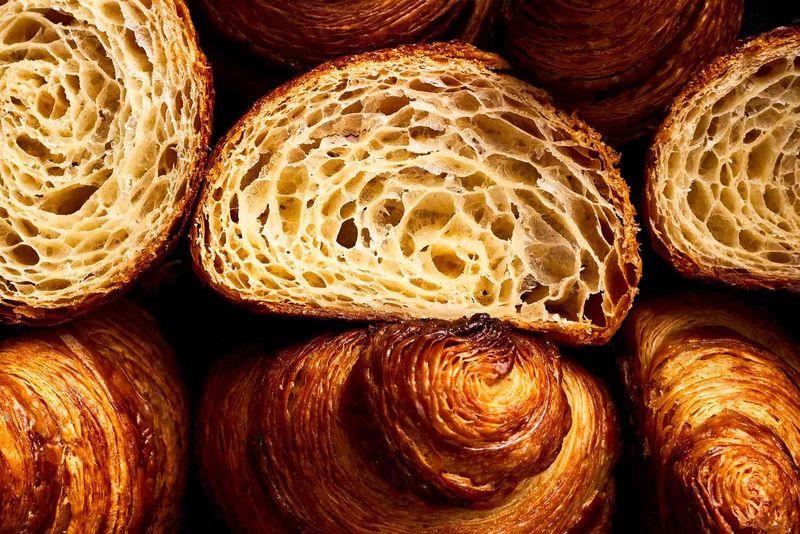
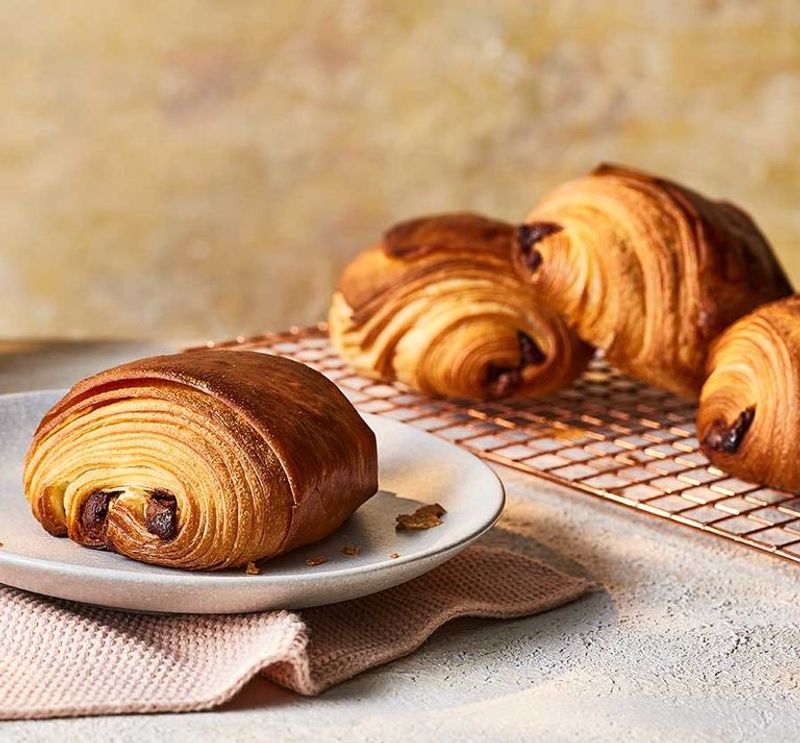

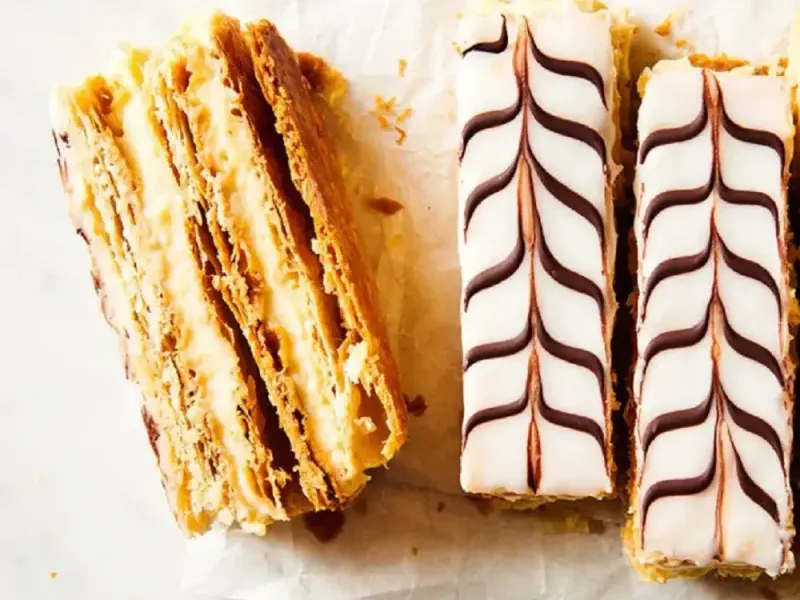
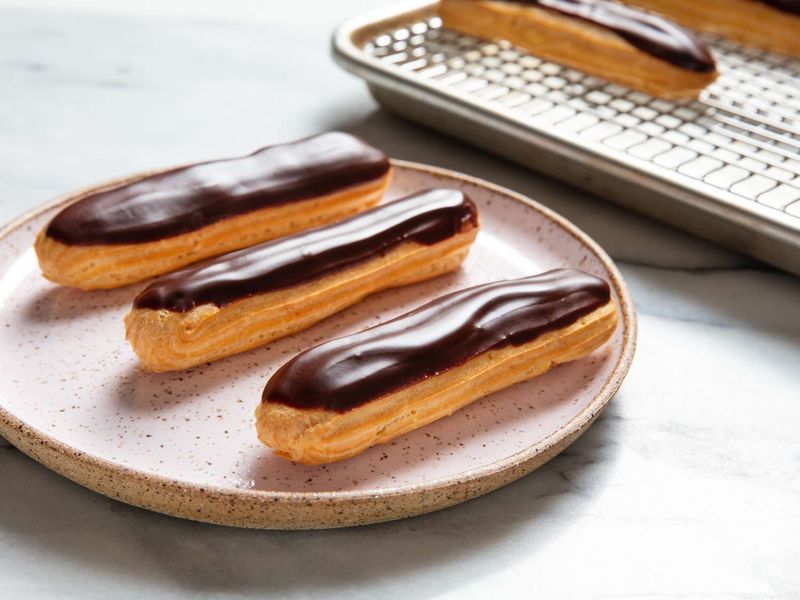
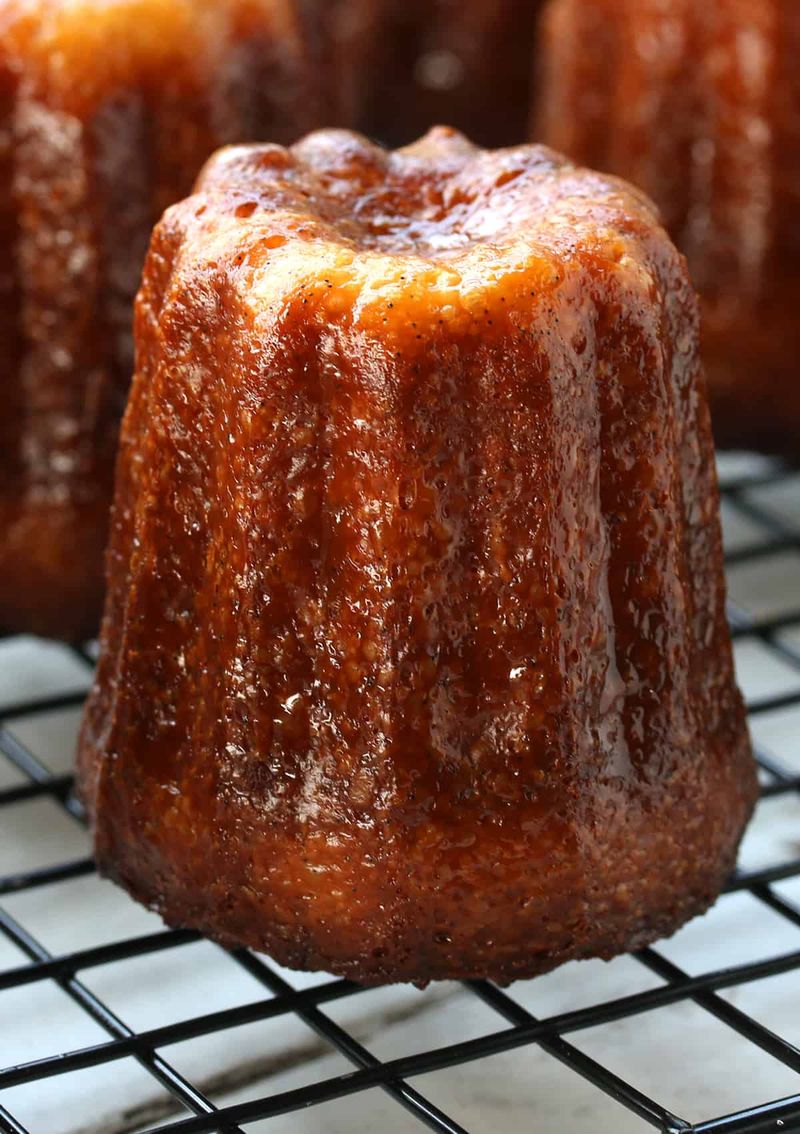


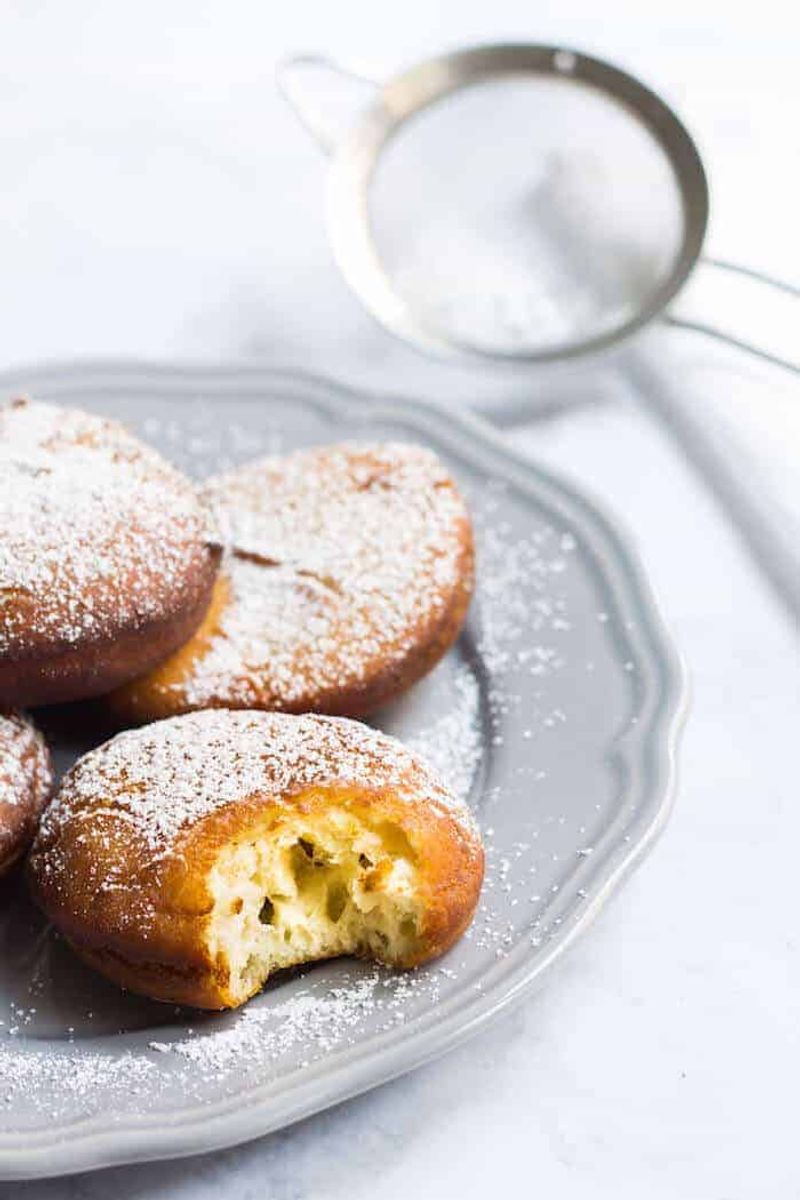
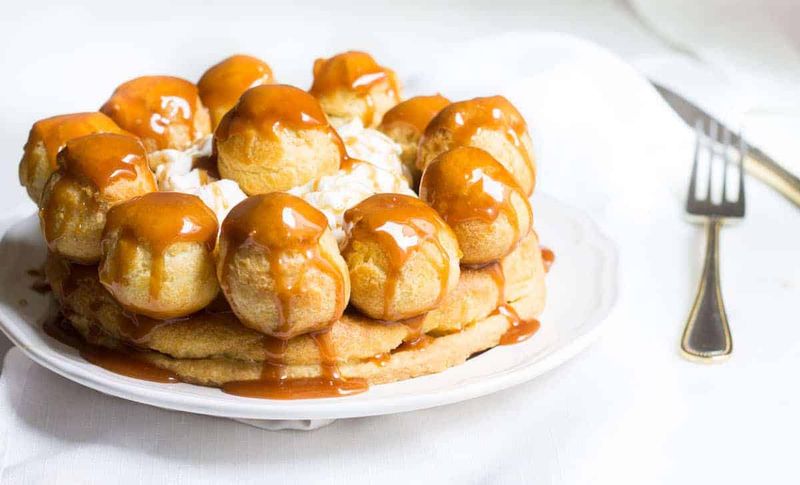
Leave a comment